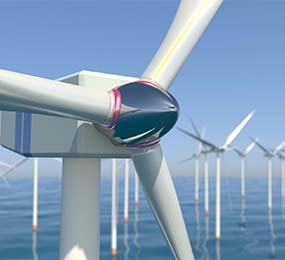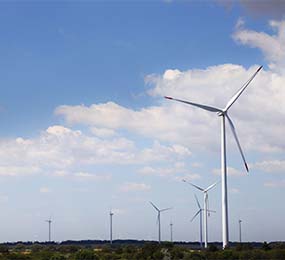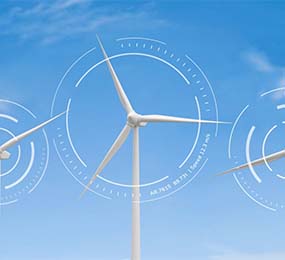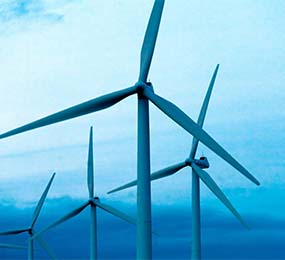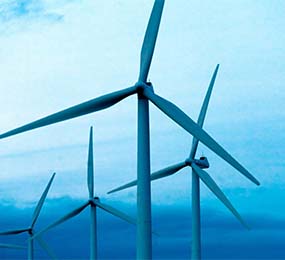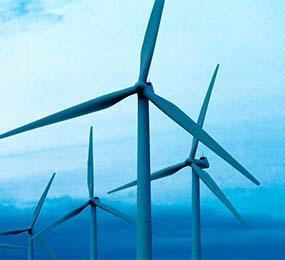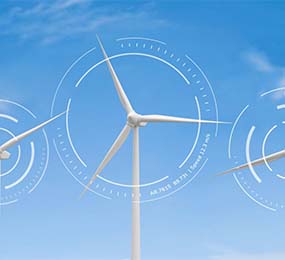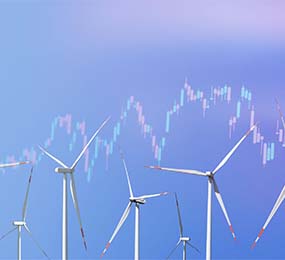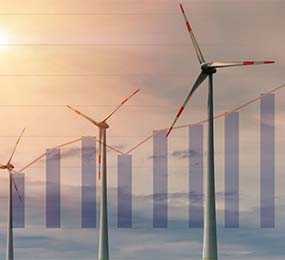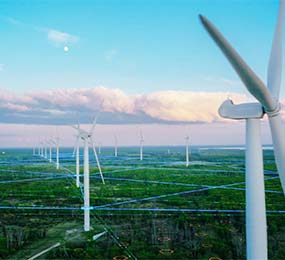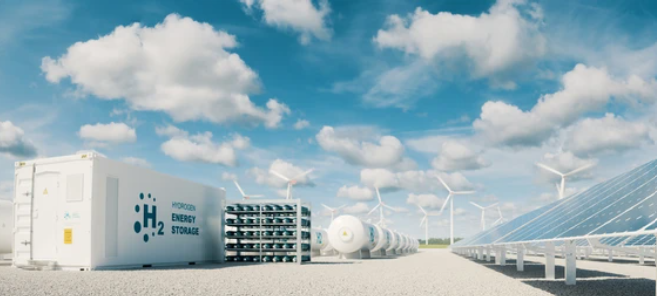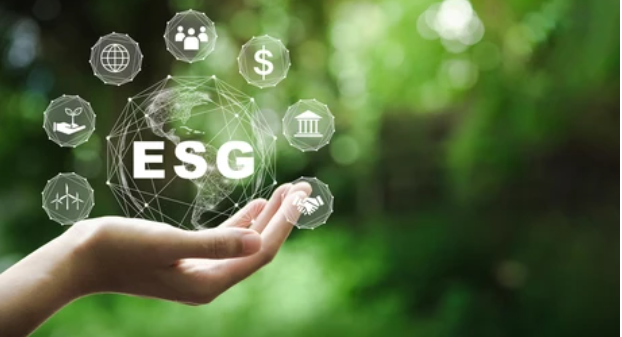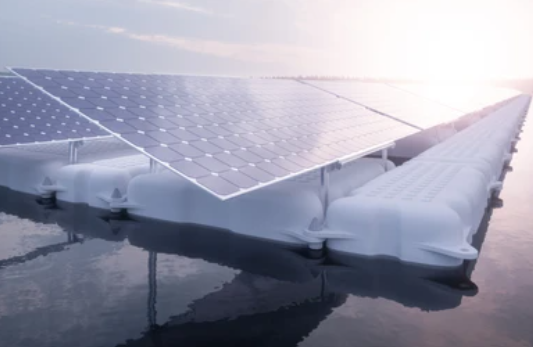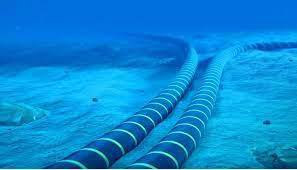Sustainable Practices in Wind Blade Manufacturing: Designing for Recycling and Waste Reduction
Sustainable practices in wind blade manufacturing are essential for minimizing the environmental impact of renewable energy production. One crucial aspect of these practices is designing wind blades with recycling and waste reduction in mind.
Manufacturers are increasingly focusing on developing blades that are recyclable at the end of their lifespan. This involves using materials that can be easily separated and processed for reuse. Design considerations include using fewer materials and avoiding the use of non-recyclable or hazardous components. By incorporating recyclable materials into blade construction, manufacturers can contribute to the circular economy by reducing the amount of waste generated and conserving valuable resources.
Another key aspect of sustainable manufacturing is waste reduction. Wind blade production often generates waste materials, such as excess resin or fiberglass. To address this, manufacturers are implementing strategies to minimize waste generation and optimize material usage. This includes improving production processes, optimizing cutting patterns, and utilizing advanced manufacturing techniques to minimize material waste. Additionally, recycling initiatives are being implemented to reclaim and reuse waste materials generated during the manufacturing process.
Furthermore, sustainable practices extend beyond the manufacturing stage to the end of the blade's life cycle. Manufacturers are exploring options for repurposing or recycling decommissioned blades. This involves developing technologies and processes for the efficient dismantling and recycling of blades, enabling the recovery of valuable materials and minimizing landfill waste. Collaborations between manufacturers, researchers, and recycling facilities are essential for developing innovative recycling methods and establishing robust recycling infrastructure.
By adopting sustainable practices in wind blade manufacturing, the renewable energy industry can significantly reduce its environmental footprint. Designing blades for recyclability and waste reduction not only conserves resources but also minimizes the impact of blade disposal. These practices contribute to the long-term sustainability of wind energy, ensuring that the benefits of renewable power generation are maximized while minimizing environmental harm.
In conclusion, sustainable practices in wind blade manufacturing are driving the industry towards a more circular and environmentally conscious approach. Designing blades for recyclability, reducing waste generation, and exploring recycling options for decommissioned blades are crucial steps towards a more sustainable wind energy sector. By embracing these practices, manufacturers can contribute to a cleaner and greener future, supporting the transition towards a more sustainable and circular economy.
Visit our website to know more: https://www.leadventgrp.com/events/2nd-annual-wind-blade-materials-and-recycling-forum/details
For more information and group participation, contact us: [email protected]
Leadvent Group - Industry Leading Events for Business Leaders!
www.leadventgrp.com| [email protected]


